For this Studio Basics post, I will be discussing gesso priming of several unique surfaces. The brand of acrylic gesso that I use in this demonstration is Liquitex, as shown below. In addition to the white gesso, I also use their gray and black gessos. I choose the Liquitex brand because of the tooth and absorbancy that it provides. In addition, I use the white gesso as my white when painting in acrylics. Having the surface white being the same as the white I paint with has its advantages. 
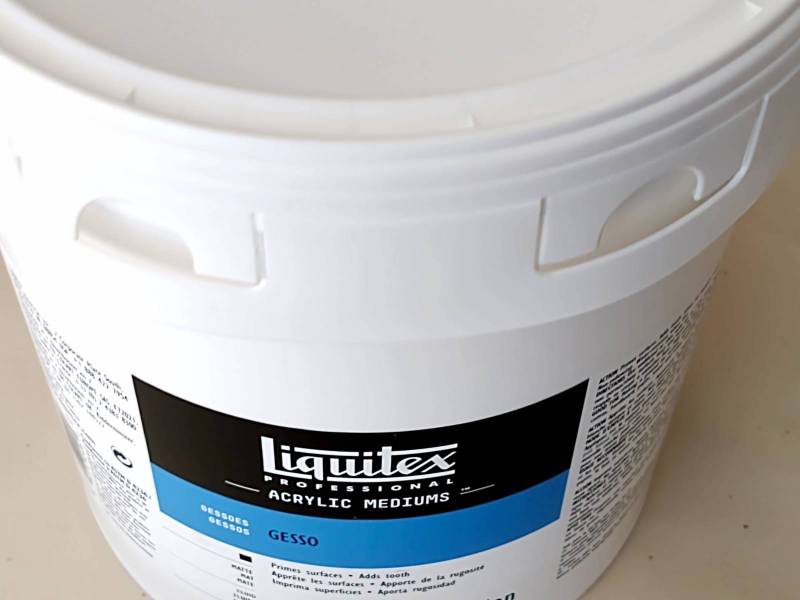
I use a utility knife to break the edge seals of both tabs. This will release the sides. The next step is to lift the tab upward. Moving it back and forth will snap the tab off. If it does not snap off, you can simply use your utility knife to help it along.
Once both the tabs are removed, the upper lid will separate from the lower area. This will allow you to put your fingers under the lid through the tabs, slowly lifting it to break the air suction seal. Move your fingers around the entire lid, slowly removing the lid from the base. Do not do this quickly, as you do not want product squirting out.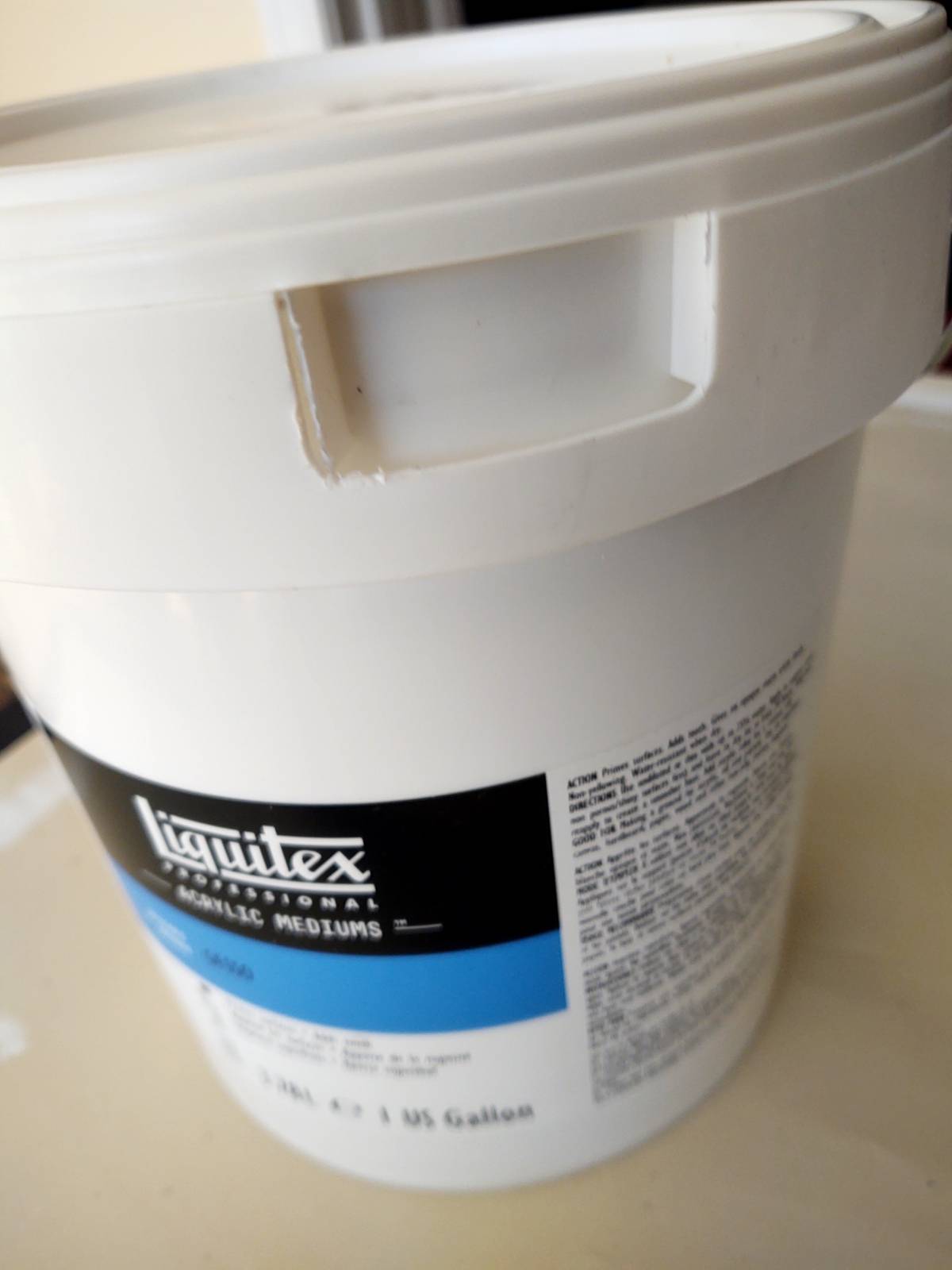

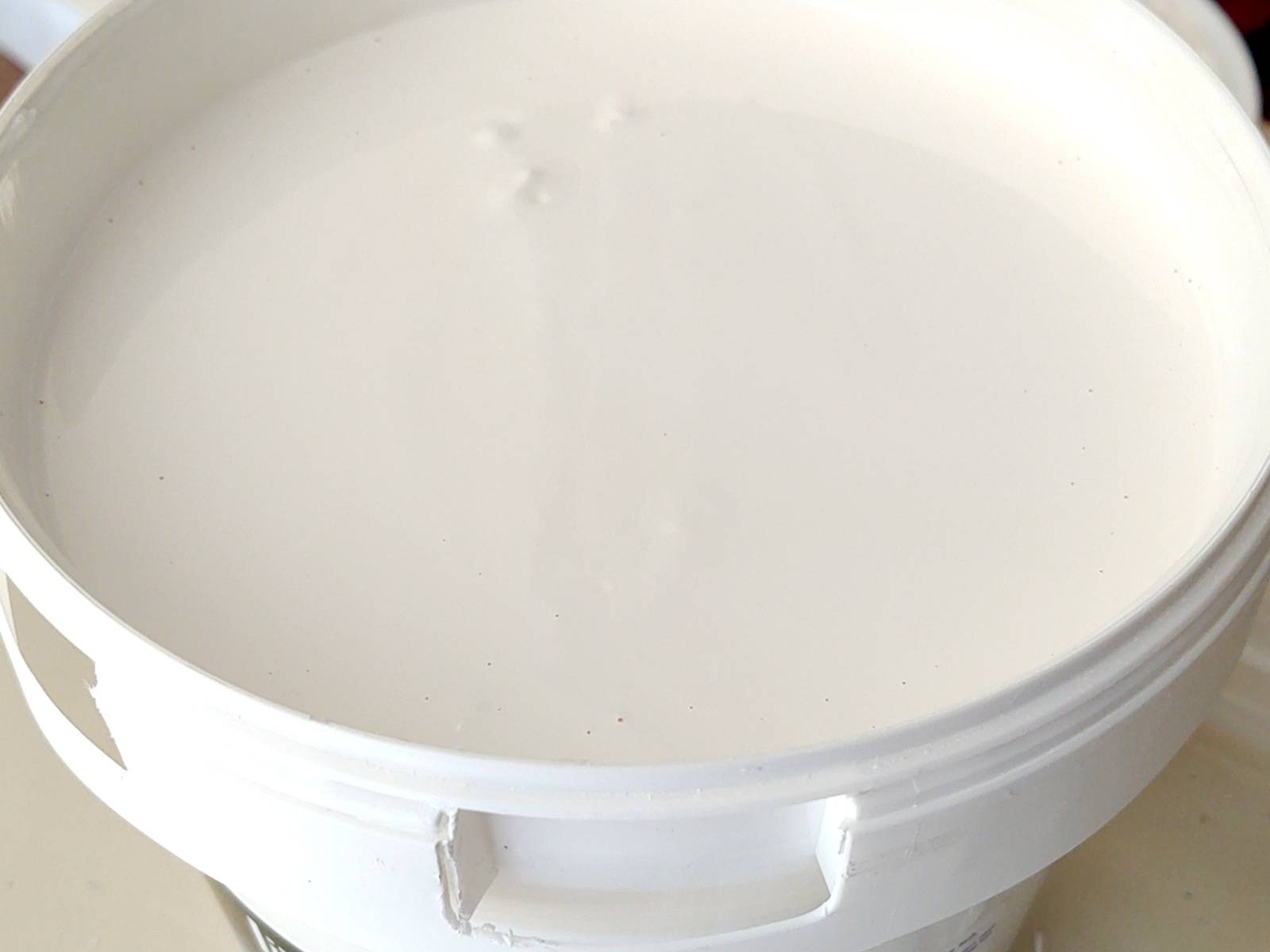
Below is a picture of the backside of the lid. There is a lot of product in the middle that I do not want to waste.
I use a flat painting knife and scrape the gesso that has not dried up. I scoop it into a very small container for use in texturing later on. Note, that this is a separate container from the one I will be using to gesso prime my two surfaces.

Below you can see the clean cover that I will use to store the rest of the acrylic gesso that remains in the gallon container.
It’s always a good idea not to use your gesso directly from your large gallon container because it will expose the product to air. It is best to put a smaller amount in a smaller container so that you can limit the amount of product that is exposed to the air as much as possible. To do this, I use a cup to scoop out the gesso from the large gallon container and put it in the smaller, orange-lid container. If you are stronger than I am, you can simply pour your gesso from the gallon into the small container. When the gallon is really full, I struggle with the heaviness of it. So, I use a cup.
Always remember when you are done to immediately close your gesso so that air does not start to dry out the product. Shown below is my closed gallon container (plastic removed), a smaller container for priming and an even smaller container for texturing (gesso that I removed from the inside cover).
Now, it’s time to texture prime the panels. In this demonstration, I am using a cotton/polyester blend canvas attached to an ACM (aluminum composite material) panel and a linen canvas applied to an ACM panel. Both are manufactured and acrylic primed by ARTEFEX. I did not need to prime these surfaces, as they are primed and ready to paint. I am adding additional gesso mainly to create my own surface texture as well as maintain an absorbency that is consistent to my painting practice. For more about Preparing the Working Ground + Exploring Surface Techniques you can check out an article I wrote on the topic for Muddy Colors.
I like the texture of a sponge roller. It is easier to apply and creates an even surface. The specific roller that I use is shown below.
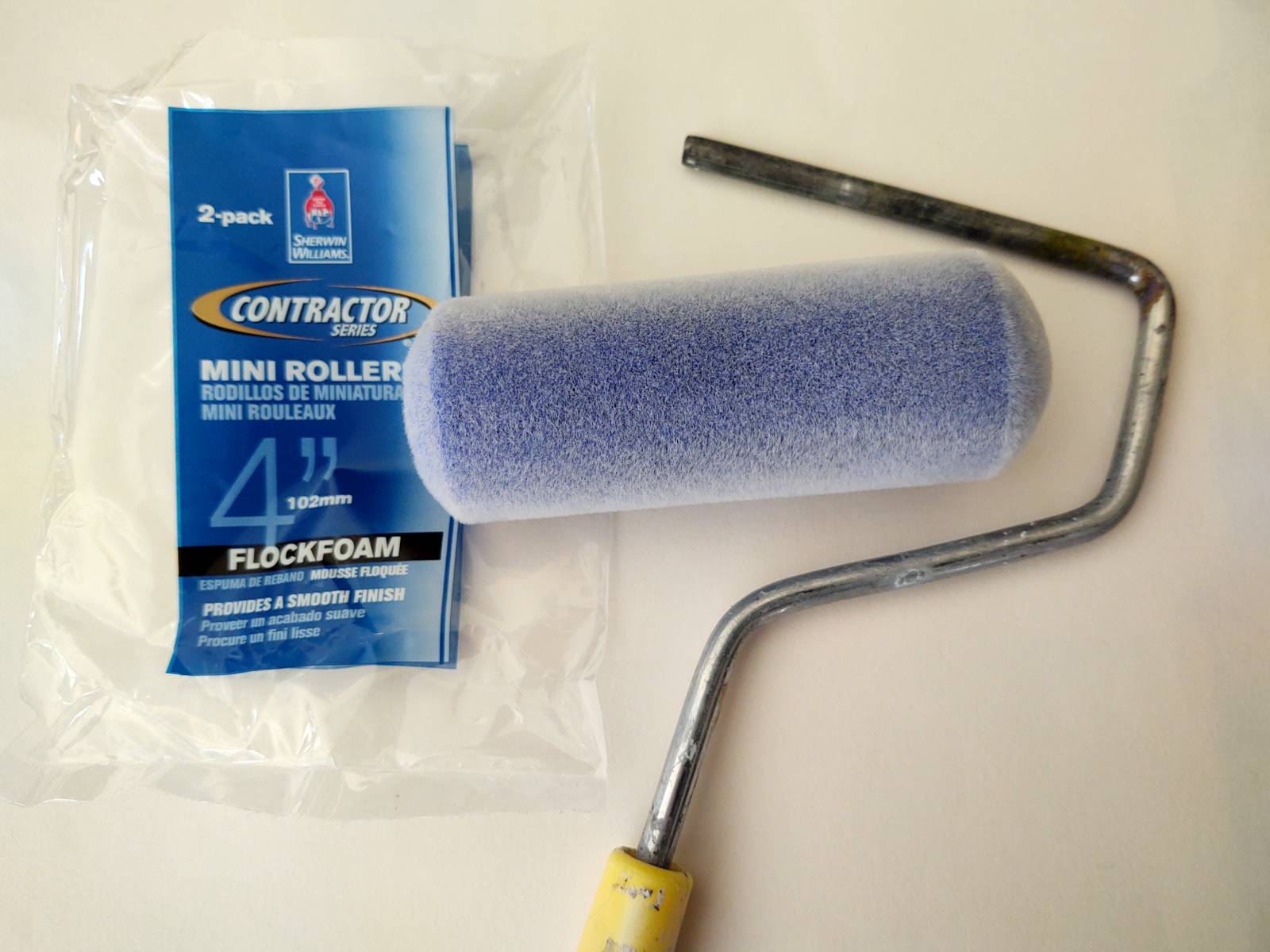
Using my small container of gesso, a sponge roller and a plastic pallete, I am ready to prime my panels.
It’s always a good idea to apply the gesso onto the roller, rolling it out so that you have a thin even coverage all around the roller. Do this before you apply the roller to your panel or surface.
When applying the primer to the working surface, I start on one side and apply it with an even pressure throughout. Then, I start to lift the pressure off the roller, working in horizontal and then vertical stokes to the picture plane. This will ensure coverage as well as add a very fine, minimal texture to the working surface. See the texure on the roller above. It is very organic and I like that a lot!
The above picture demonstrates the polyester/cotton canvas applied ACM panel after it has been additionally gesso primed with my roller. While the bottom picture shows the before picture. With two coats of gesso priming, I was able to soften the pattern of the canvas slightly, while introducing my own texture.
The above picture demonstrates the linen canvas applied ACM panel before it has been additionally gesso primed with my roller. While the bottom picture shows the after picture. I like the organic change in texture that the roller makes.
I will typically prime several panels at once, usually until the product is fully used up. I always allow the panels to dry naturally, giving them about 72 hours to fully cure (humidity depending).
In my upcoming posts, I will challenge you to Shake It Up with your artistic process and approach. Listen to the art challenge in this recent podcast!
To clean the plastic palette, I simply wipe the surface with a wet towel. I do not reuse the roller for priming, as I like to employ a new roller for each session. I will use my old rollers for texturing, once they are cleaned completely.
Check out these STUDIO BASICS articles on further exploring the working surface:
Preparing the Working Ground + Exploring Surface Techniques
You can also listen to some podcasts on Composition + Art Making:
The Art of Cropping:
Check out the Rediscovering Your Creative Self podcast episode on using the art of cropping to create engaging and dynamic pictures.
Just Squint:
Check out the Rediscovering Your Creative Self poscast episode on how to use your senses to enhance your experience, adding to your overall creative process and potential.
Dreaded 50/50 Ratio:
Check out the Rediscovering Your Creative Self podcast episode on compositional strategies and how to create more graphicaly effective pictures.
Art of Editing:
Check out this week’s Rediscovering Your Creative Self podcast episode on using the art of cropping to create engaging and dynamic pictures.
If you want to join my Navigating the Labyrinth of the Creative Mind community, you can follow all my public posts for FREE! I have insightful posts to share every week! Join me!
If you are interested in learning more about working in relief on the painted surface or working in experimental mixed-media techniques, check out my Masterclass on patreon!
https://www.patreon.com/lisalcyr
A Unique Approach:
Masterclass is a unique approach to learning, where each artist works on their own projects, whether that be standalone works or works in a series. Unlike a workshop or an assignment-driven class, this online atelier supports each individual artist’s intent on creating works that they really want to pursue.
There are approximately SEVEN Live Events every month. The Masterclass Saturday sessions (usually held on the first Saturday of the month) are from 11:00am to 1:00pm EST and the In the Studio sessions are from 2:00pm to 3:00pm on the same day. In addition, there is a monthly Paint, Draw + Create Together event (once a month) on Tuesday from 11:00am to 1:00pm EST and the weekly Sketchbook Meditation + Exploration Social events (3 to 4 times a month) are on Tuesday from 7:00pm to 8:30pm.
Patron Art Feedback sessions for Masterclass are conducted four times a year, giving each artist time to create their works. Artists that cannot attend live can submit up to 3 pieces for a live session review. Each review is recorded.
Experimental + Traditional Techniques:
The Masterclass online atelier covers a variety of topics from studio best practices to a vast array of experimental and traditional painting as well as expressive drawing techniques. The instructor provides monthly assistance and guidance through live demonstrations, lectures and group chats. If you miss a class, you can watch the recording at a later date.
Painted Passages: This series of posts and videos on how to employ freeform painting techniques to create magical backgrounds and environments in mixed media.
Collage Techniques: This series of posts and videos on using collage techniques in mixed-media works of art.
Working in Relief: This series of posts and videos focuses on working in relief in mixed media, exploring self-expression through texture-building and bas-relief techniques onto the painted surface.
Studio Basics: This series of posts and videos on artistic best practices for the studio artist, from working surfaces, grounds, painting mediums, varnishes, drawing and painting media to brushes, tools and equipment.
Expressive Drawing Series: This series of posts and videos explores alternative mark-making using drawing materials to create expressive works of art.
Conceptual Development: This series of posts and videos focuses on developing concepts for visually expressive works of art.
Masks, Props + Costuming: This series of posts and videos focuses on how I create unique masks, props and costumes for my figurative subjects.
Insights from the Natural World: This series of posts and videos explores using nature as an inspirational muse for creating artistic works
Just Imagine: This series of posts and videos explore working in a sketchbook as well as creating custom made books. Tactile surfaces, unique designs and engaging presentations stimulate brain activity, allowing artists to drift back to a playful state of mind.
Paint Pictures with Words Writing Club: This series of posts and videos explore writing about our works, creating poetry and prose and using the power of words to assist in the creative process!
Mixed Media Artist Series: This series of posts and videos includes insightful and thought-provoking profiles of leading artists, working in unique techniques and innovative approaches in art.
The Art of Promotion: This series of posts and videos cover artistic promotional strategies and practices.
Check out the complete Collection of Content already on the Navigating the Labyrinth of the Creative Mind site!
Behind-the-Scenes Access:
The artist brings you into her studio through live behind-the-scenes access and weekly posts and videos to current projects and creative endeavors.
In addition, you have early access to the artist’s upcoming Shows and Exhibitions.
Creative Enrichment:
Discussions regarding artistic growth and development, nurturing the creative spirit, developing personal content, embracing a multidisciplinary mindset and creating message-driven art are also explored as ways to assist artists on their own creative path.
Throughout this online workshop experience, artists discover a multitude of ways to ignite creativity, opening the door for the artistic spirit to shine! Check out the testimonials above from artists around the globe!
Get weekly access to the Rediscovering Your Creative Self weekly podcast which focuses on developing a relationship with the creative spirit that resides within and making daily lifestyle changes that enhance creativity, building a more creative and playful mindset.
Throughout the audio program, topics such as battling the inner critic, handling creative block, working through anxiety and self-doubt and interrupting the patterns that bind are explored. Managing fears, seeing mistakes as rites of passage, knowing when to open and close doors, riding the wave of triumphs and tribulations, avoiding distractions and coping with naysayers that keep one from seeing the light that resides within are covered.
Every month on the Navigating the Labyrinth of the Creative Mind site, there is new Sketchbook Challenge prompt and directive, allowing artists to discover alternative ways in which to practice art that is more personal. Art created from this endeavor is shared on the private Community Chat with other artists.
Sketchbook Meditation + Exploration Weekly Social
Every Tuesday night from 7:00pm to 8:30pm EST, you can attend an open sketchbook night social event called Sketchbook Meditation + Exploration. We discuss the Rediscovering Your Creative Self podcast episode of the week, setting an intention for our work and making daily lifestyle changes that enhance creativity.
Artists use the Sketchbook Meditation + Exploration weekly get-together as a time to commit to working in their sketchbook, experimenting and discussing with other artists topics that will help in developing a relationship with the creative spirit that resides within. Recordings are available for Masterclass artists if they miss a session!
Build a Community:
Be a part of a creative tribe, interacting with artists and enthusiasts from all around the world who have shared interests in art. This is an opportunity to create a robust artistic community, broadening your horizons as a creative person.
Your membership also includes private access to the Community Group, where patrons share art and works-in-progress, post the monthly Sketchbook Challenges as well as the weekly Sketchbook Meditation + Exploration Social art and work from the Paint Pictures with Words Writing Club. They also share inspiration, discuss new artistic tools, products and equipment as well as interesting and informative books on art and so much more!
Join Us:
The Navigating the Labyrinth of the Creative Mind Online Atelier has weekly posts and videos as well as several LIVE events each month.
Join month-to-month for $25/mo US or save 5% if you join yearly!
copyright 2024 Lisa L Cyr, Cyr Studio LLC, all rights reserved


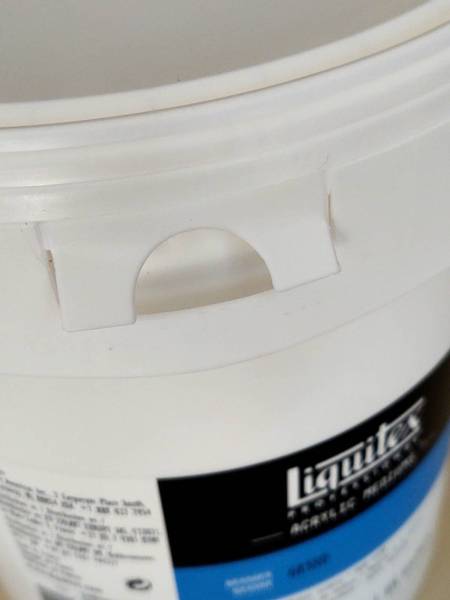
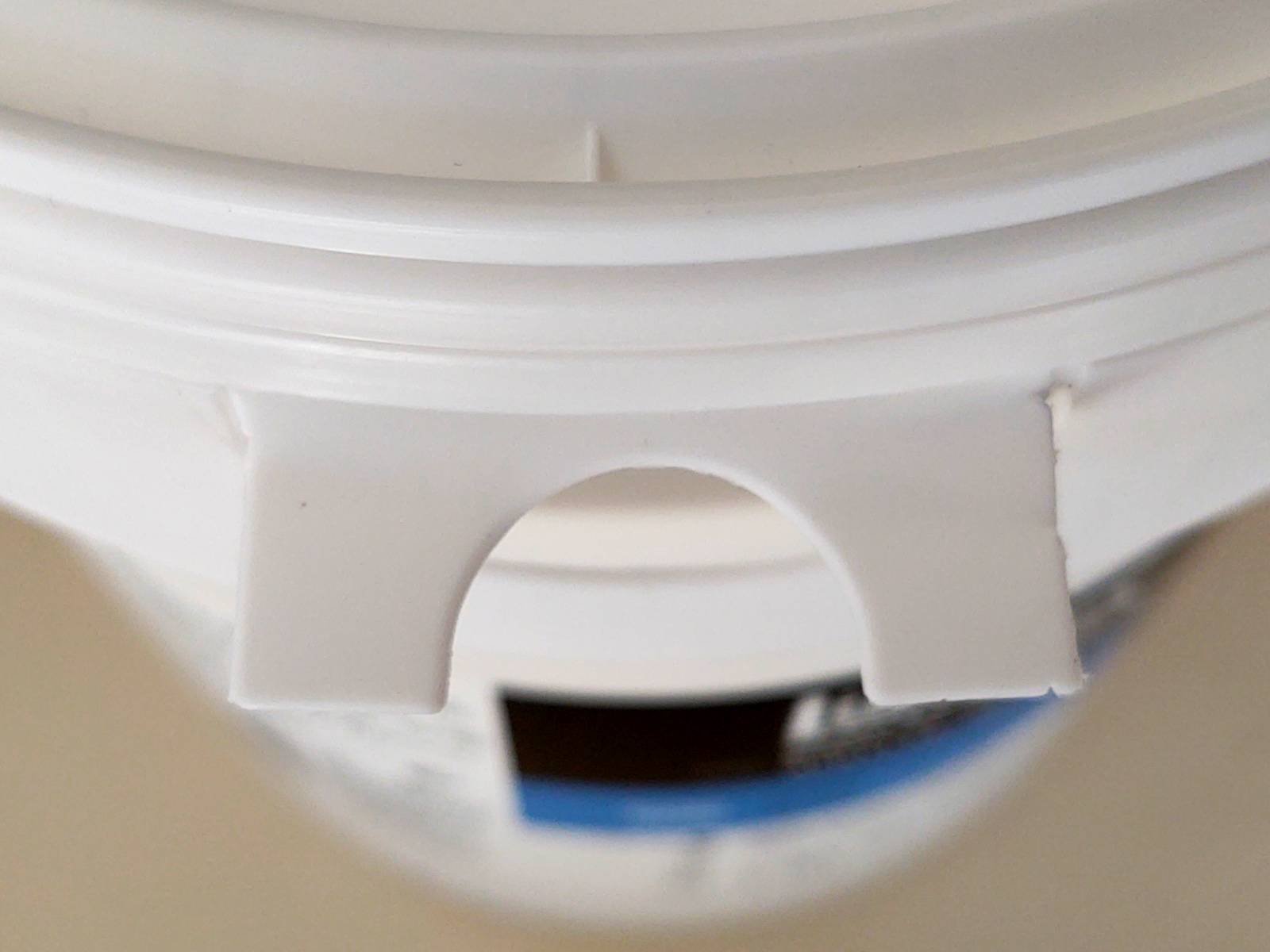
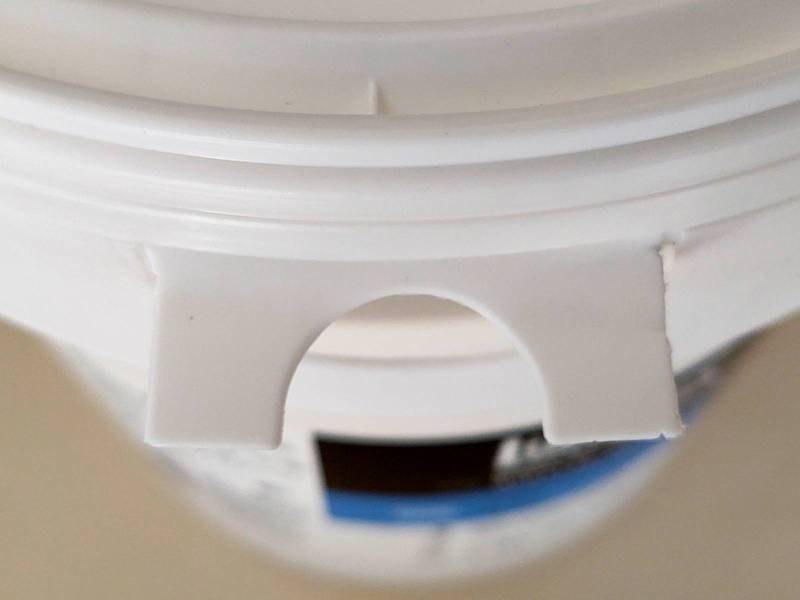
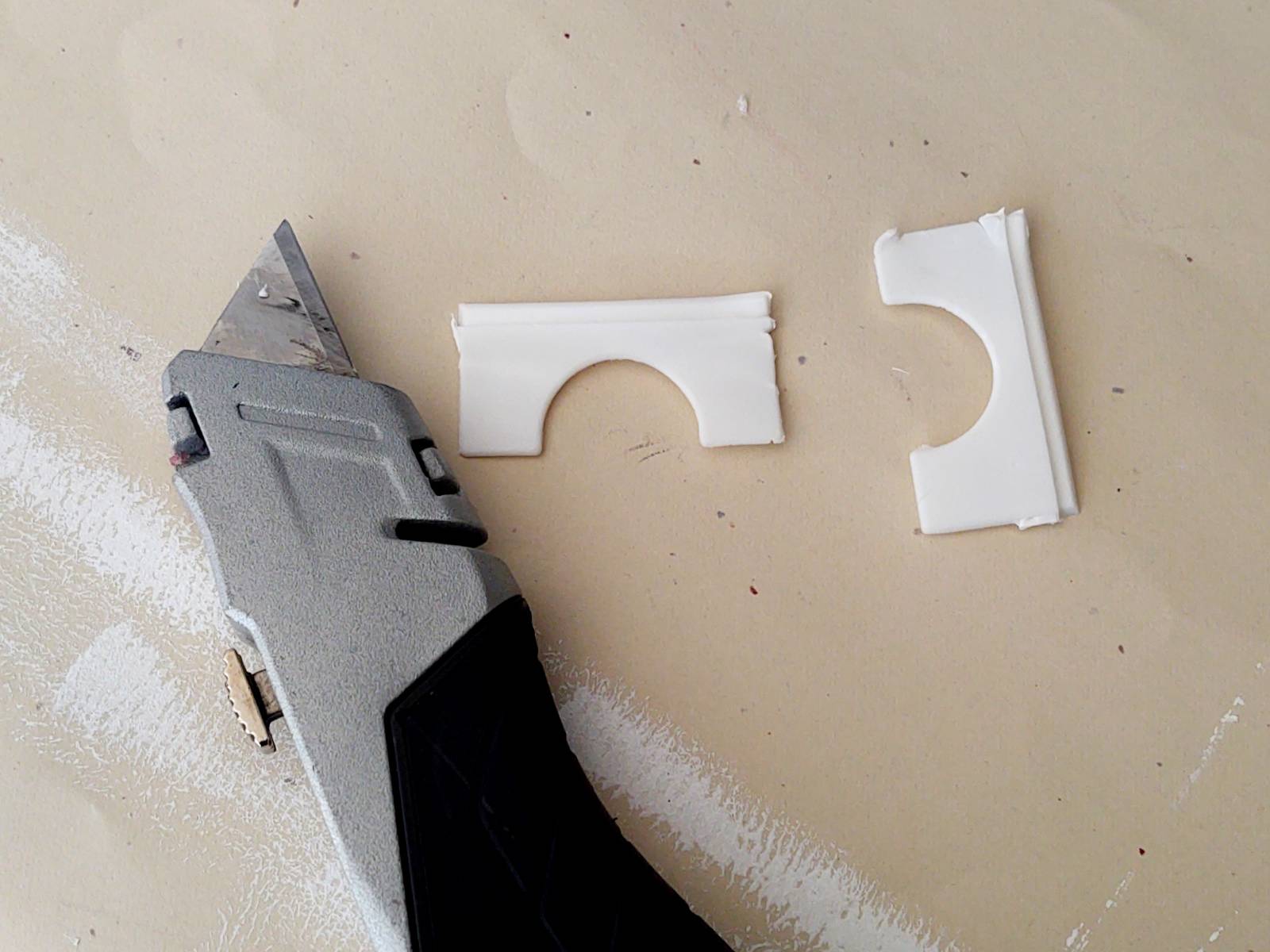

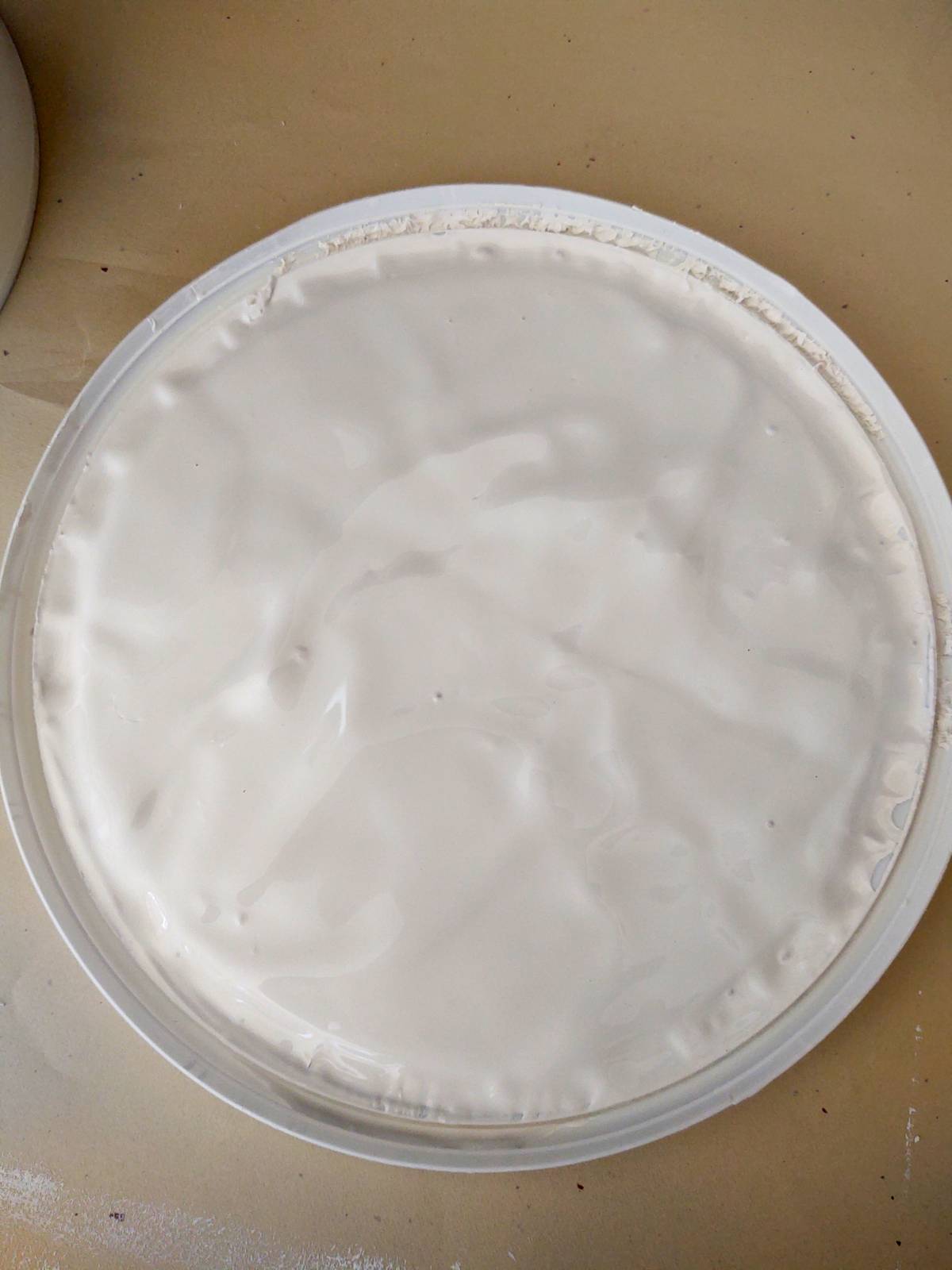
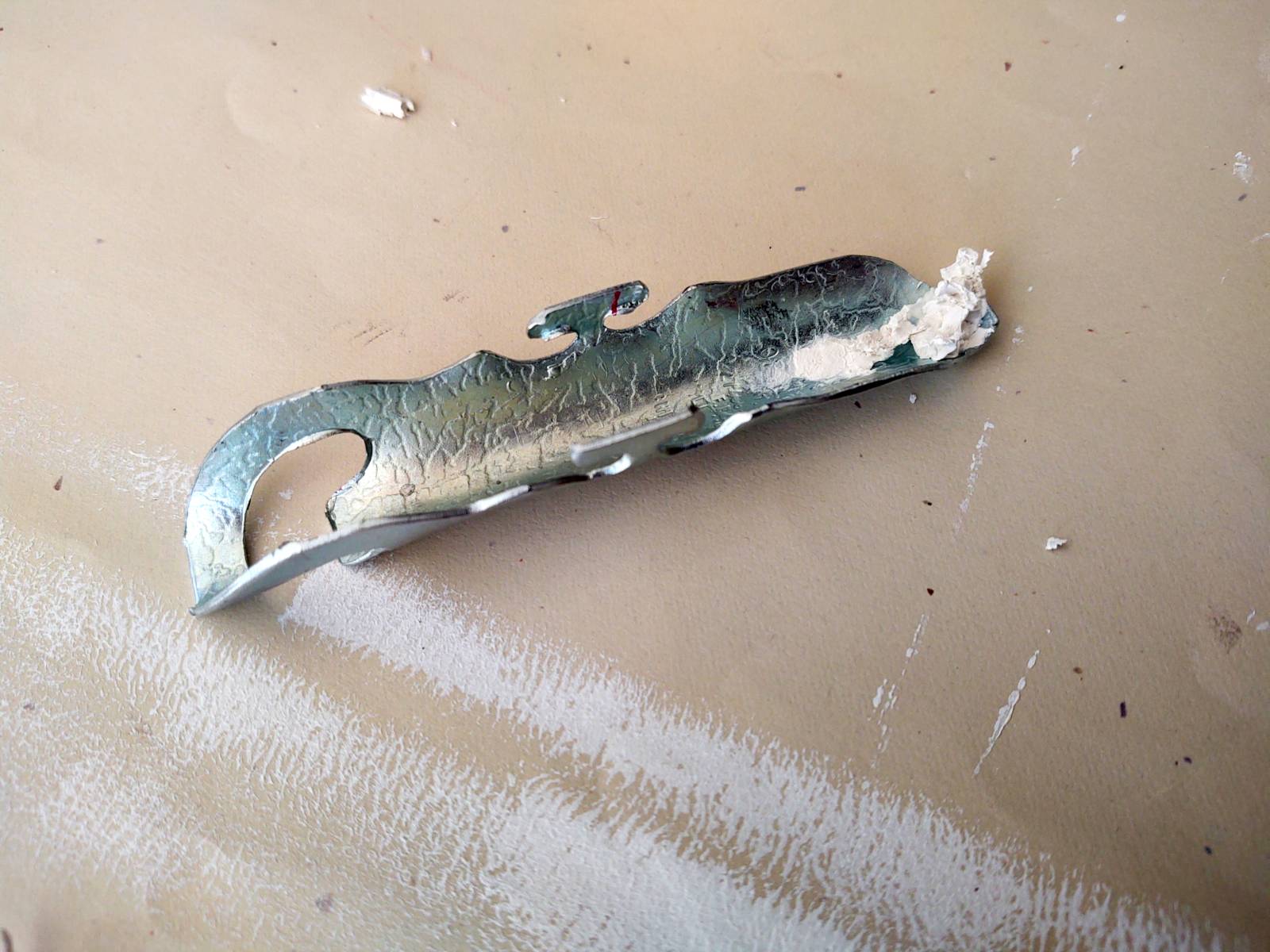
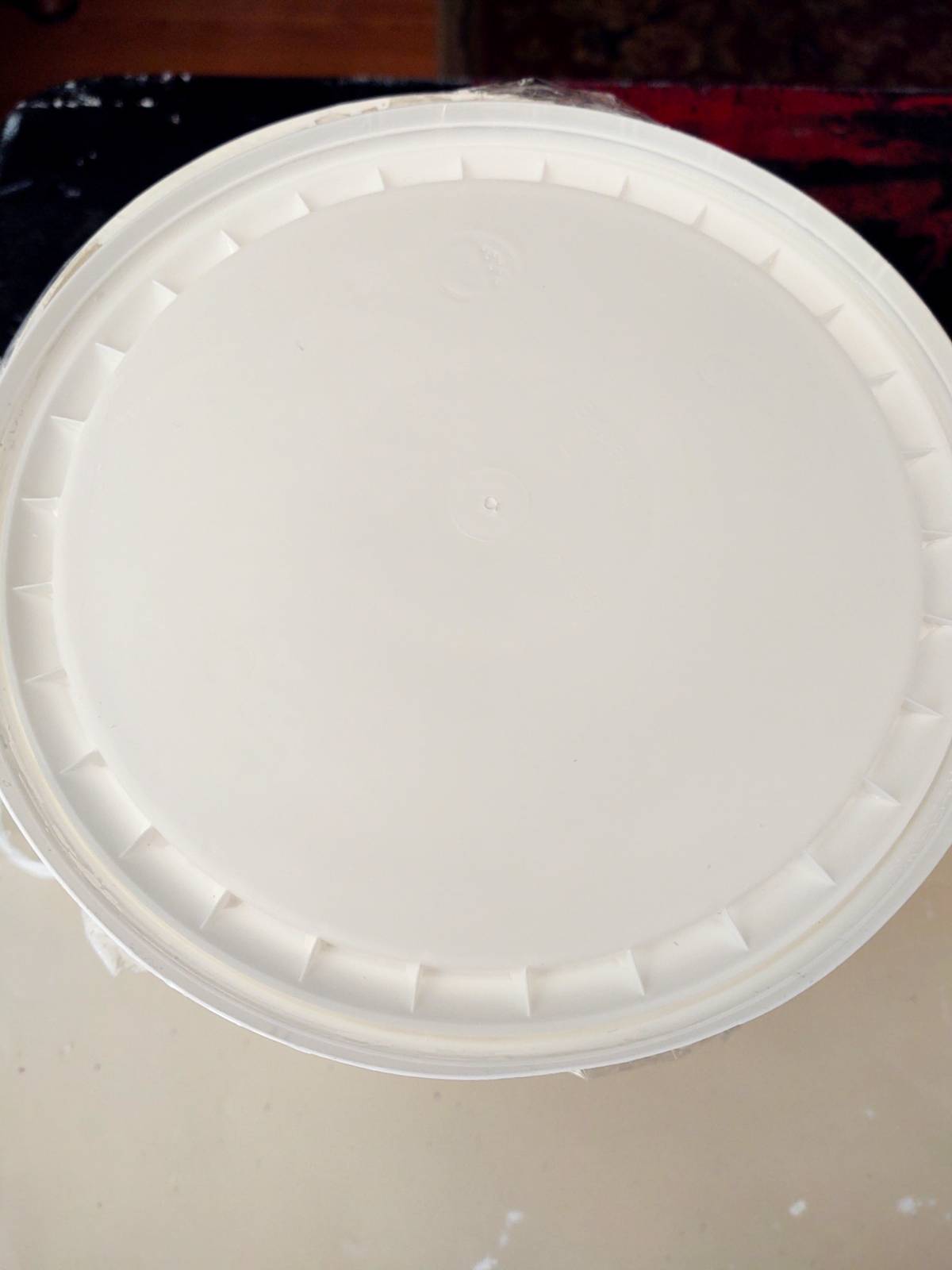
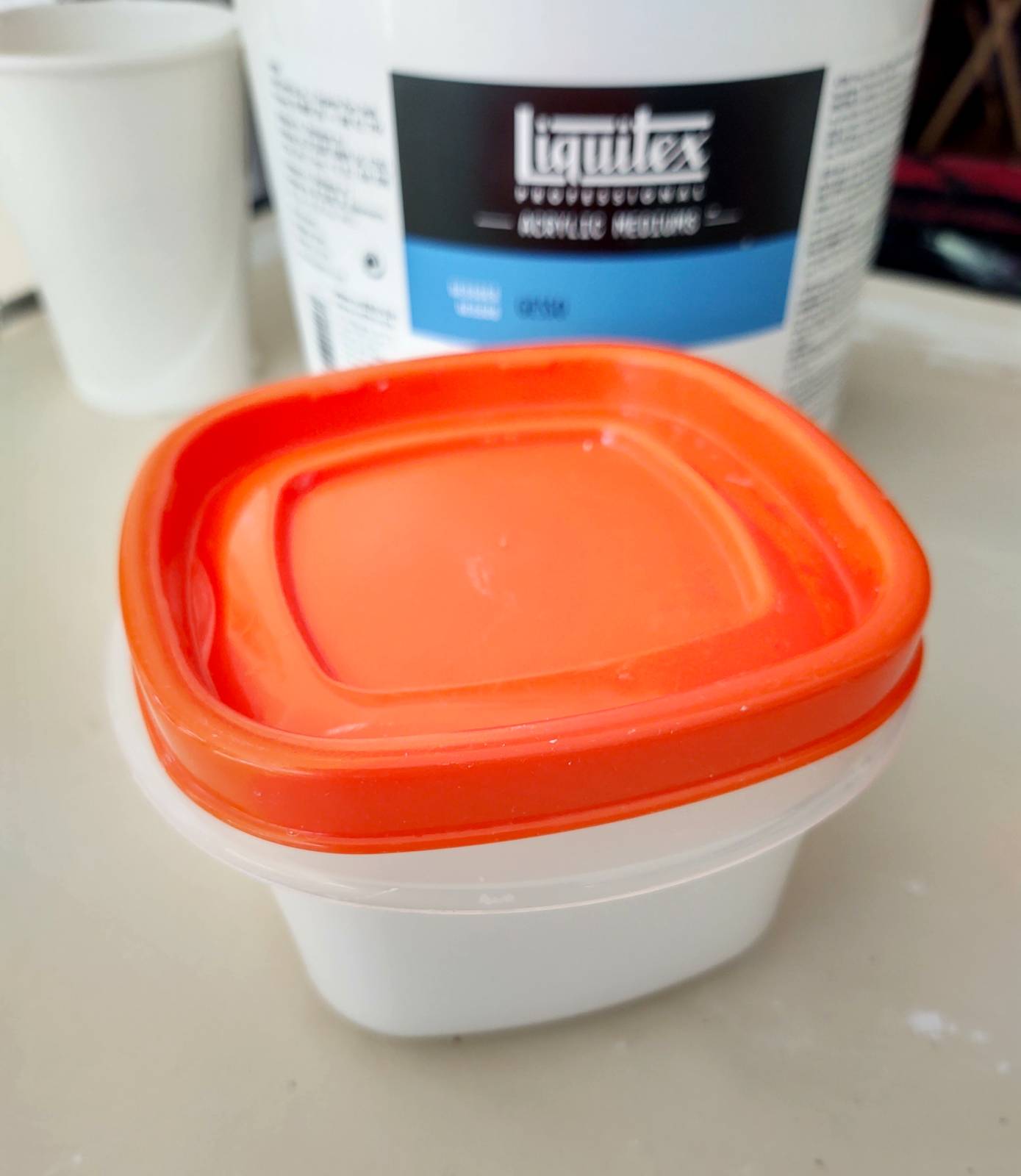

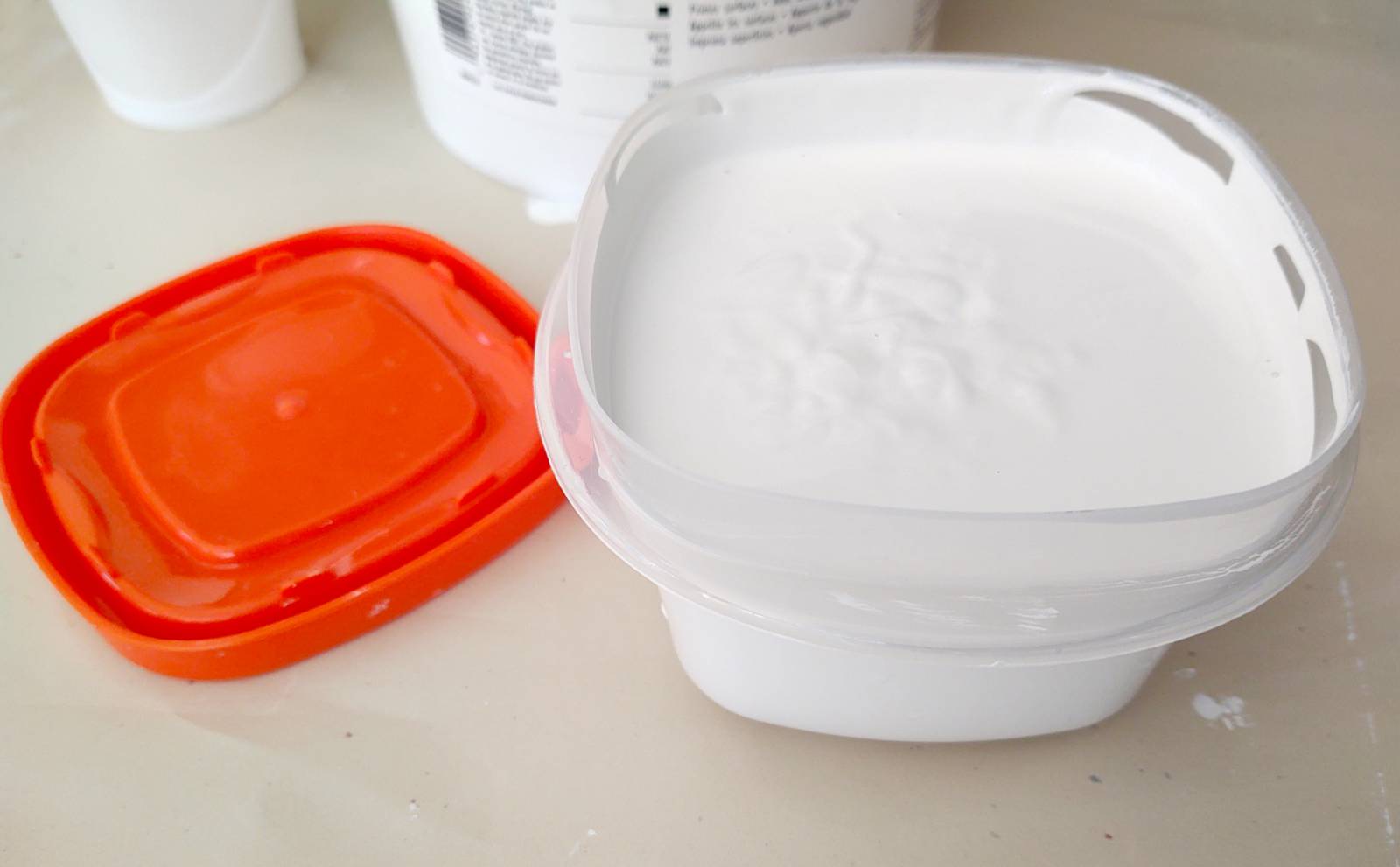

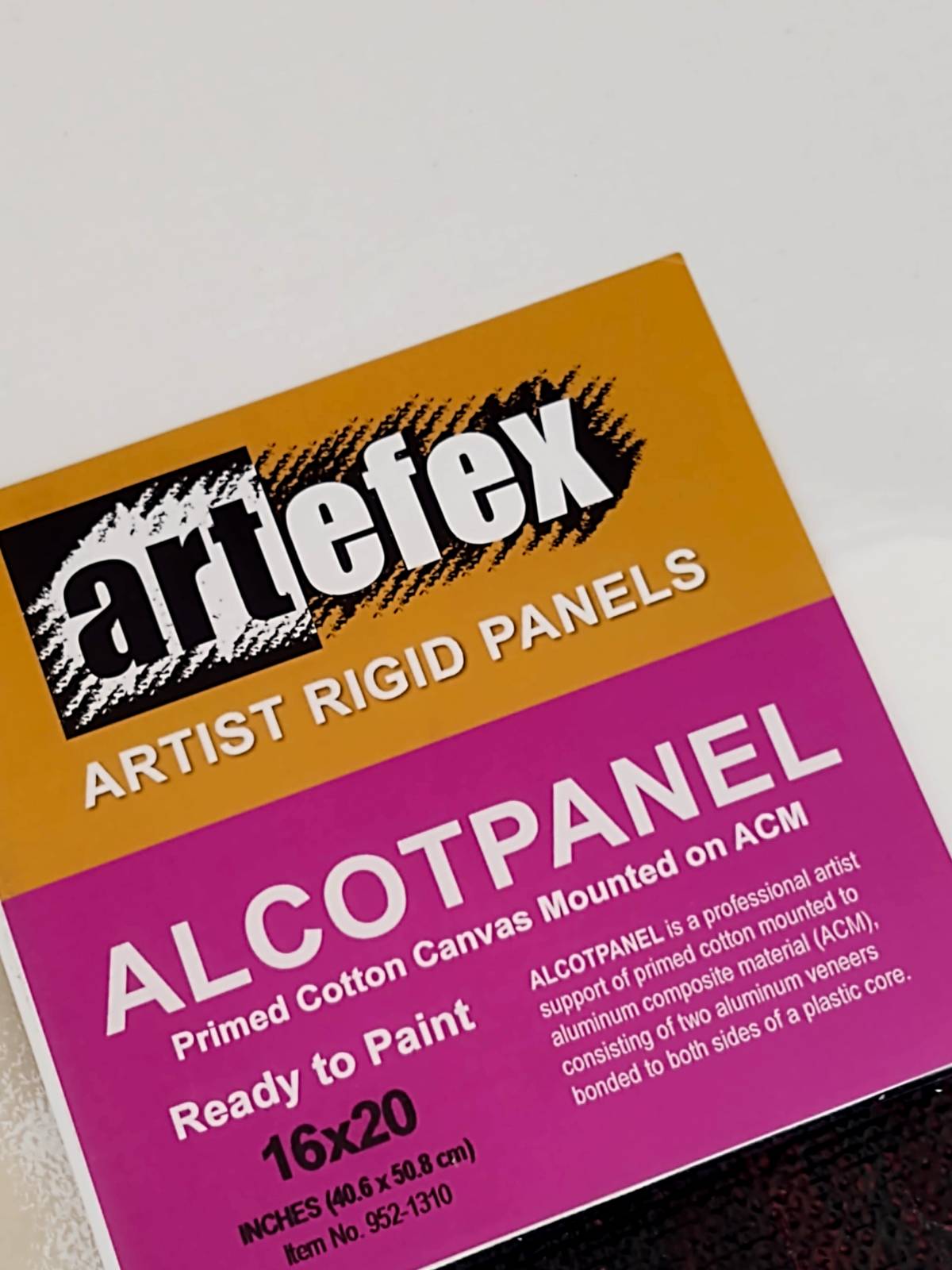
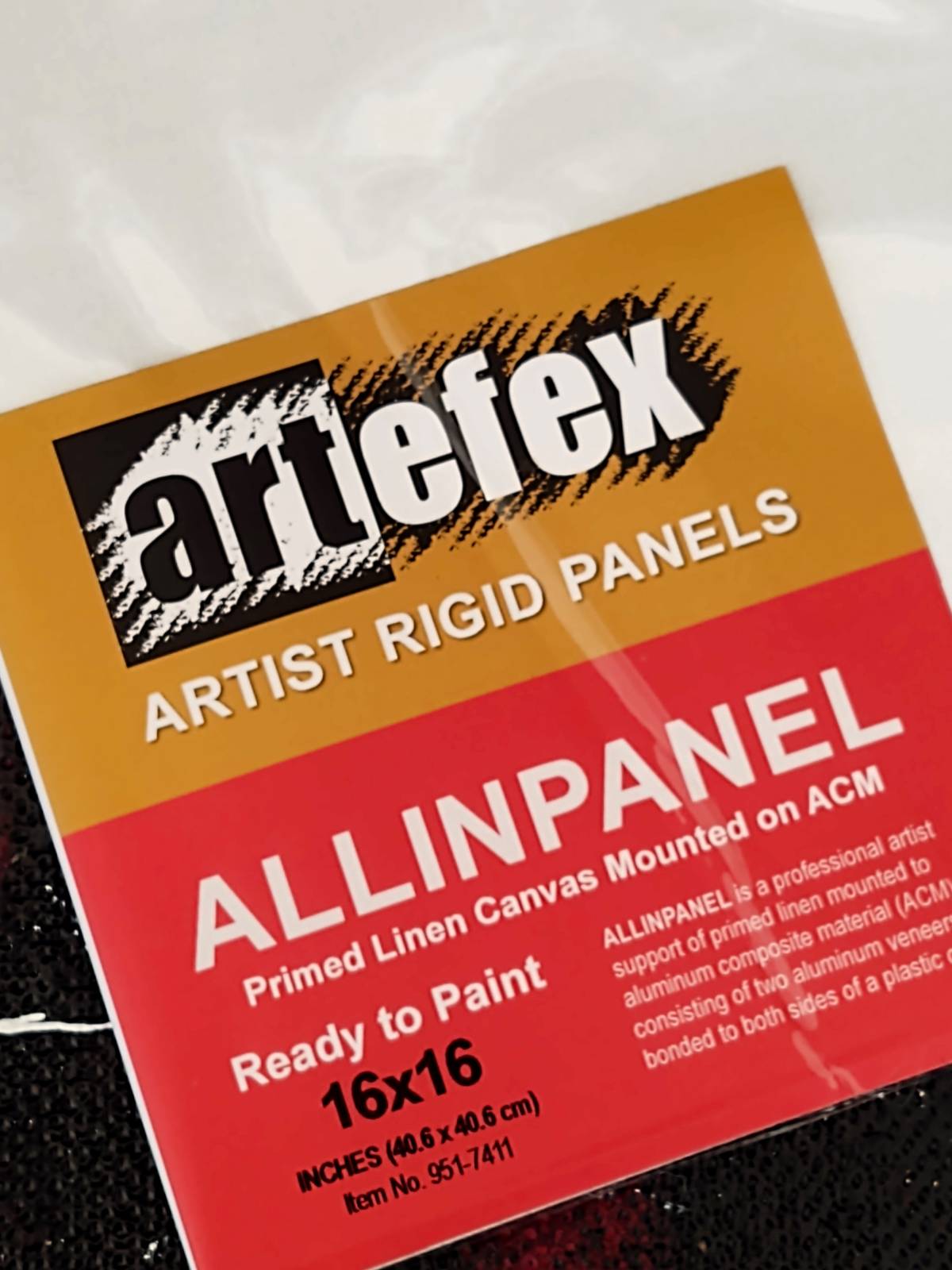
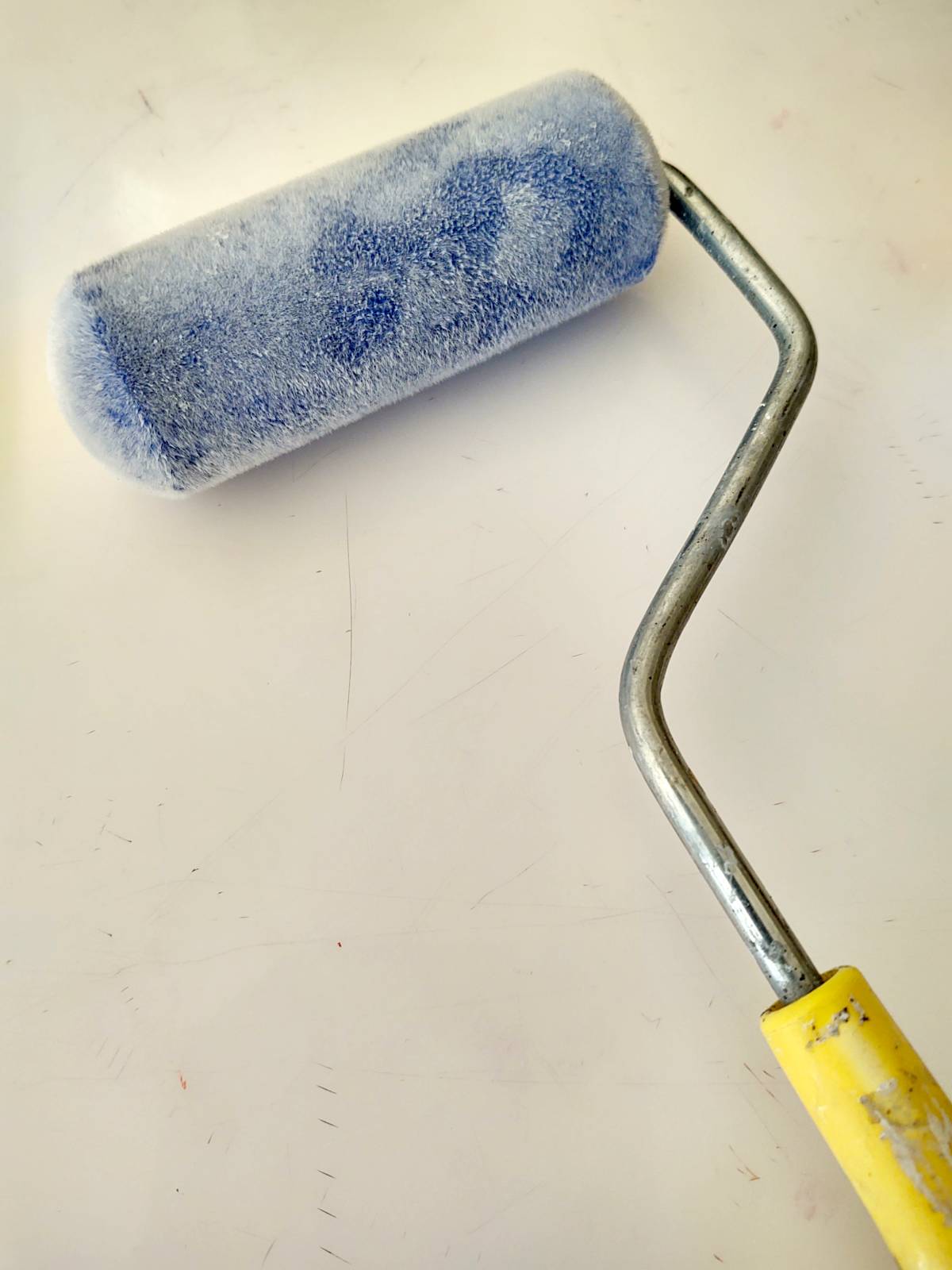
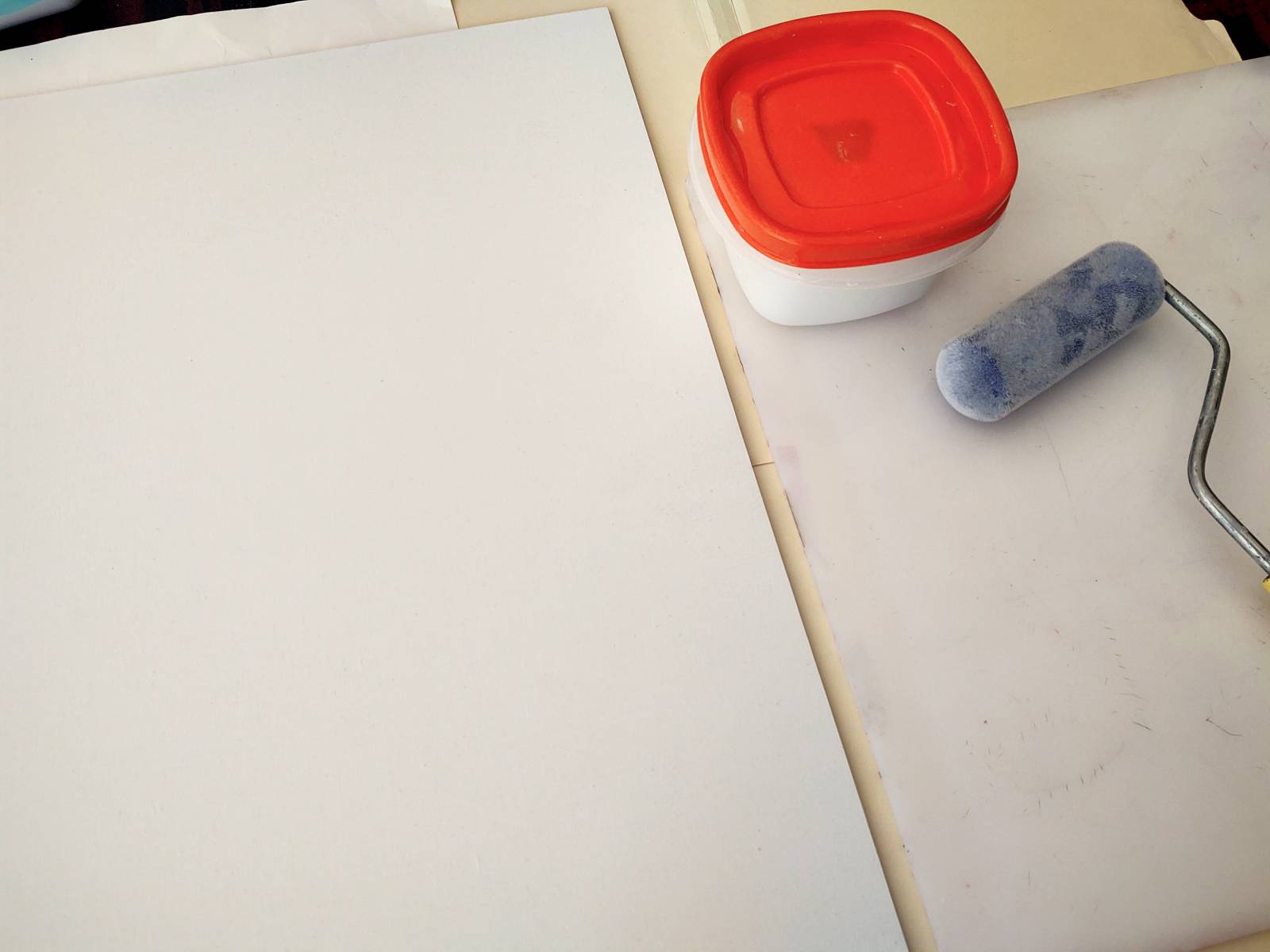

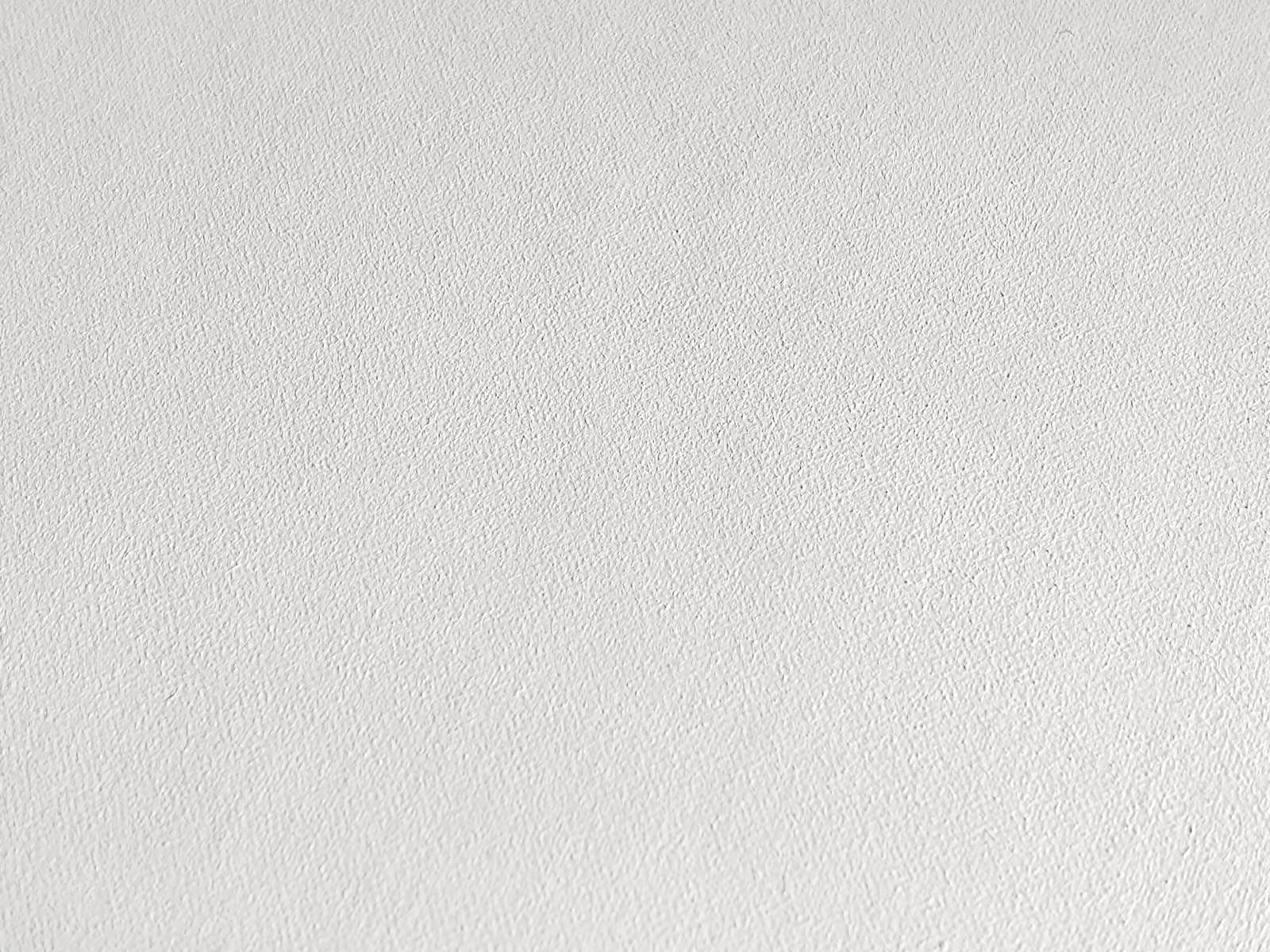
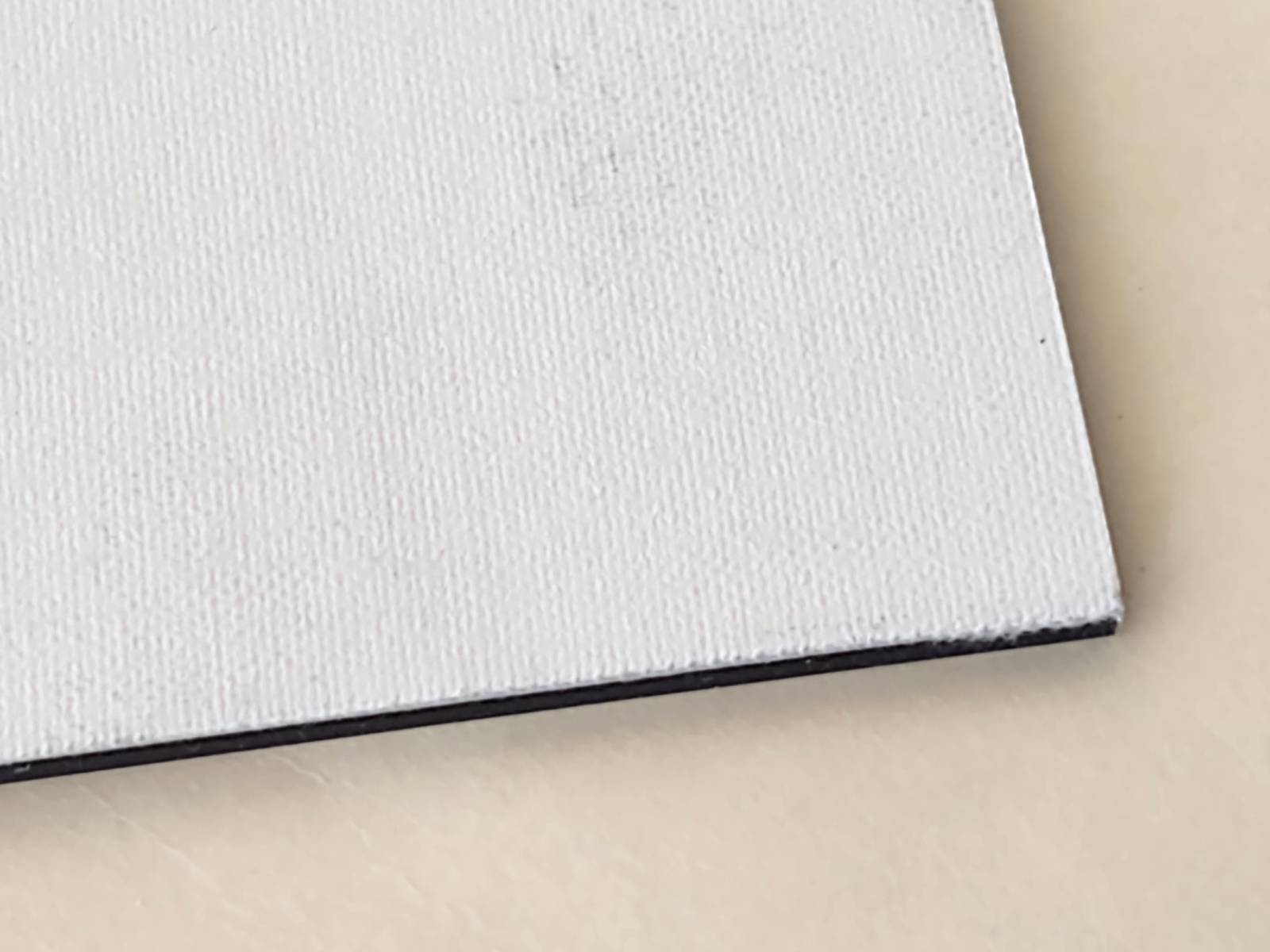
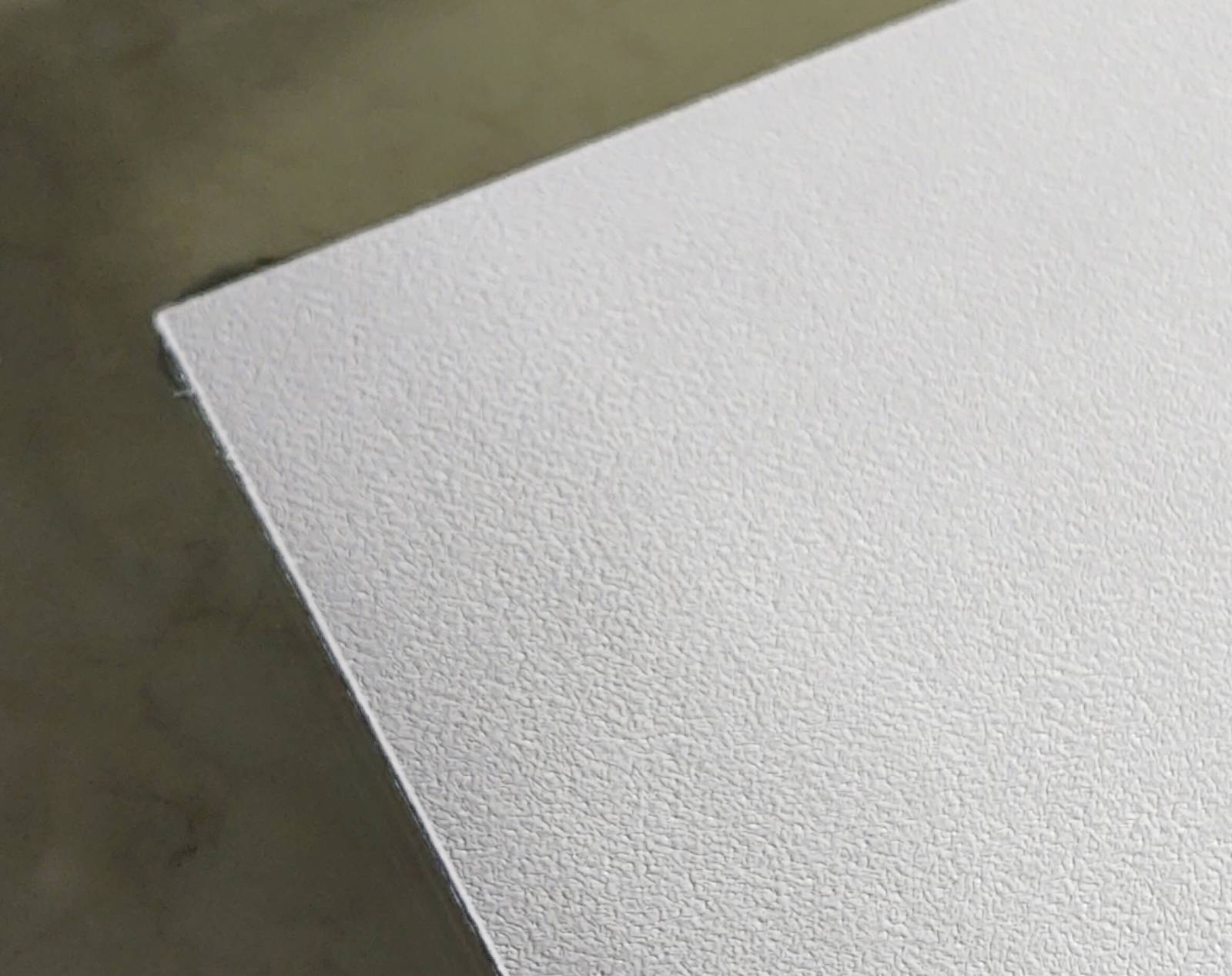
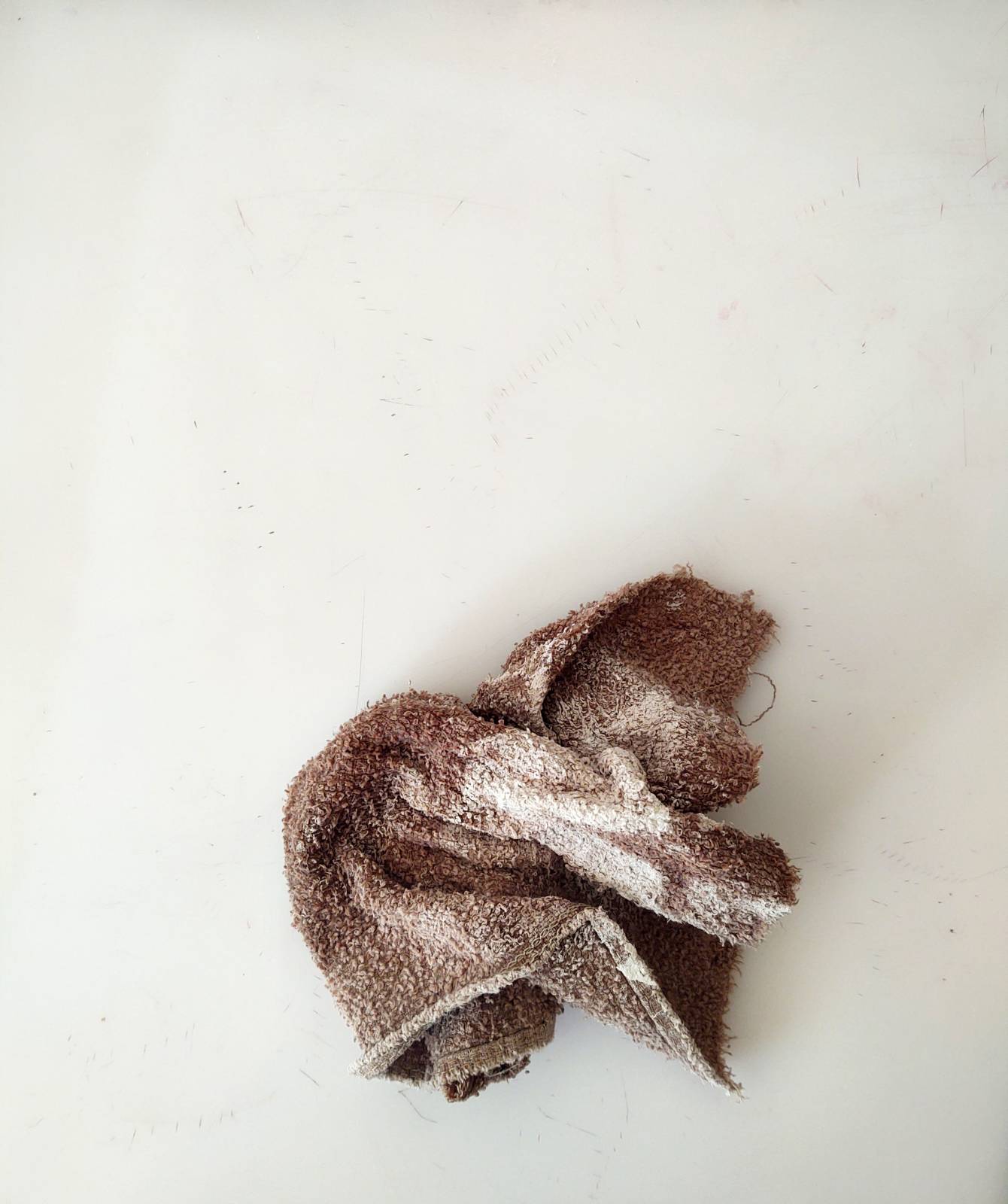

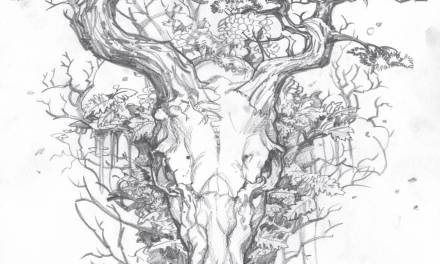
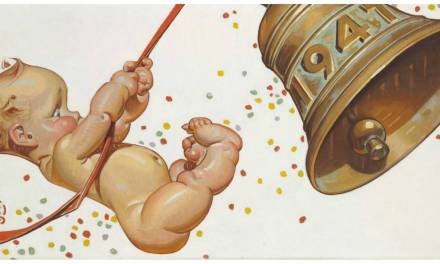


Recent Comments